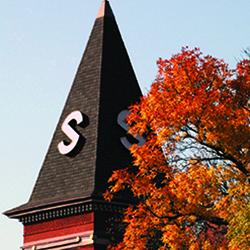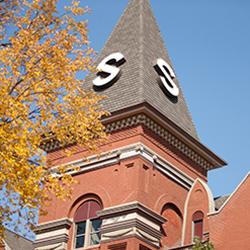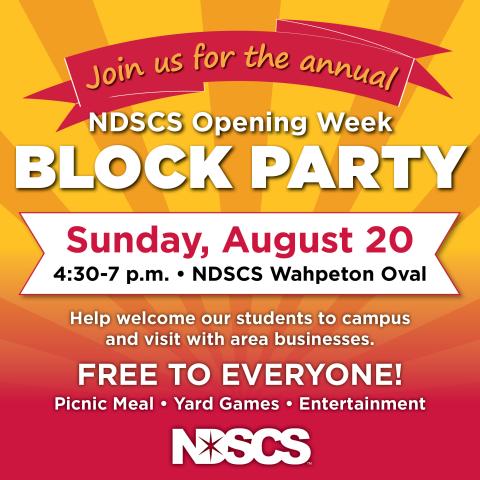
NDSCS excited about near-record enrollment growth.
09-21-2023
North Dakota State College of Science (NDSCS), a leading institution of higher education, is thrilled to announce a significant growth in college enrollment for the fall 2023 semester. The institution has experienced a remarkable increase in the number of students choosing NDSCS as their educational home, reflecting the college's commitment to academic excellence, innovation, and inclusivity.
Continue

NDSCS Wildcats Attempt to Avenge Last Season’s Championship Game Defeat at Home This Saturday
09-15-2023
Teams Ranked #1 and #2 Face Off at 1 p.m.
Continue

NDSCS Alumni Foundation will celebrate Alumni and friends in Rapid City, S.D.
09-05-2023
NDSCS Alumni Foundation invites you to attend their upcoming Meet & Greet Events.
Continue

NDSCS Adds Women’s Soccer Beginning in 2024, Launches Search for Head Coach
08-28-2023
To bolster the growth of an already-successful athletics program, NDSCS announces the launch of its brand-new Women's Soccer Program–set to kick off in Fall, 2024.
Continue

NDSCS to Begin 121st Academic Year August 21
08-11-2023
Welcome Week events to include outdoor evening events for students and 2nd annual Community Block Party.
Continue